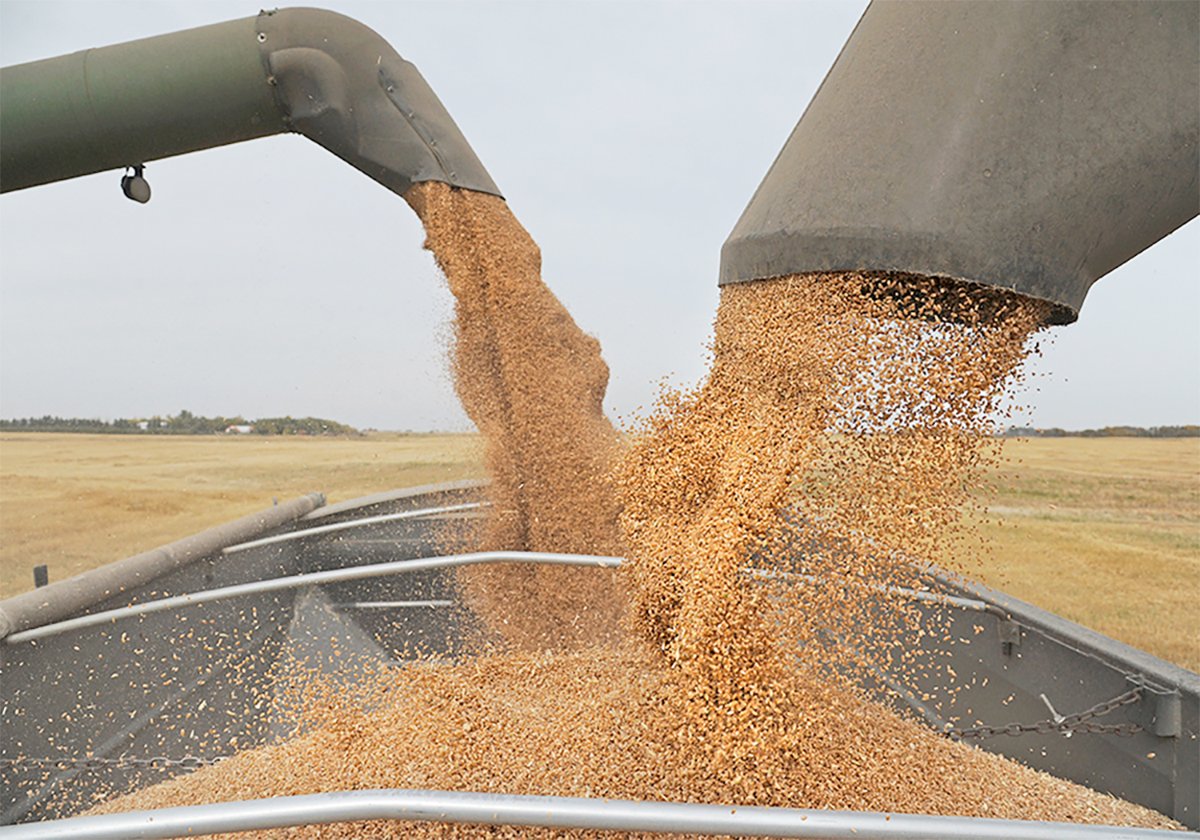Well, I was wrong. In this column back in early April, I predicted a rise in canola acreage given its strong new crop prices and superior crop insurance coverage.
That isn’t what farmers told Statistics Canada for the seeding intentions report released April 26.
StatsCan has canola acreage down seven percent compared to last year. Canola is a relatively expensive crop to grow with high seed costs and high fertility needs. Sky high fertilizer prices may have kiboshed some acreage.
It’s also possible that all the problems last year with late regrowth turned off some producers. As well, many other profitable cropping options are available so there’s no shortage of alternatives with money-making potential.
Read Also

Agriculture productivity can be increased with little or no cost
There’s a way to enhance agricultural productivity with little or no cost. It doesn’t even require a bunch of legislative changes.
Here are some observations from the rest of the seeding intentions report.
Nationally, barley acreage is expected to be down about 10 percent with the biggest decline happening in Saskatchewan, almost 18 percent. One has to wonder if the flooding in Manitoba will result in more barley in that province as producers look for a shorter season alternative due to seeding delays.
The feedgrain complex on the Prairies is becoming a puzzle. After drought reduced last year’s barley crop, exports to China were unexpectedly strong. The result was a feedgrain shortage for the domestic livestock industry.
Record quantities of American corn were imported. Some grain terminals turned from being exporters to being importers to provide corn to cattle and hog farms.
One has to wonder about the viability of the prairie livestock industry if feedgrains must be imported at great expense just to keep animals fed. Isn’t locally grown feedgrain supposed to be our livestock production advantage?
The acreage of oats is expected to increase 16 percent, but most is exported to the United States in either raw or processed form.
Mustard acreage stands out in the StatsCan report, with an anticipated acreage increase of a whopping 48 percent. However, it should be noted that mustard acreage was actually higher back in 2018.
A relatively small acreage the past few years and then the devastating 2021 drought that hit the main mustard growing region of southern Saskatchewan and Alberta have mustard buyers scrambling for supplies.
New crop mustard contracts with an act of God clause are a no-brainer for profitability, so the increase in intended acreage is logical. A 90 cent a pound price for contract mustard is a handsome $45 a bushel.
However, record high new crop price levels don’t seem to be helping flax. Acreage is expected to be down more than 15 percent despite new crop prices in the $28 a bu. range. Flax is viewed as a troublesome crop because of residue issues.
While dry pea acreage is decreasing by seven percent nationally, Manitoba is bucking the trend with a five percent increase. That’s likely due to contracting by the pea protein facilities established in the province.
Interestingly, summerfallow acreage is expected to increase 21 percent to 1.6 million acres, with most of this in Saskatchewan (up 16 percent) and Alberta (up 75 percent). This is probably drought-related with producers hesitant to plant into dry ground.
Seeding intentions don’t always translate into actual seeded acreage. High water levels and delayed seeding in southern Manitoba and southeastern Saskatchewan are one of the obvious game changers to watch.
















